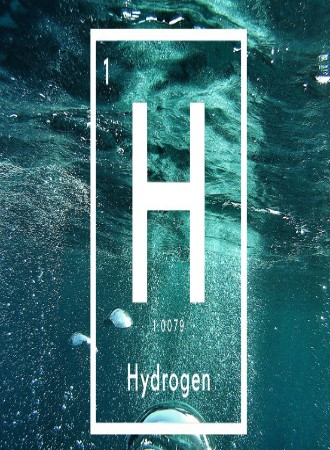
Element One Science 1996
Distributed by The Video Project, 375 Alabama, Suite 490, San Francisco, CA 94110; 800-4-PLANET
Produced by William Hoagland and Geoffrey Holland
Director n/a
VHS, color, 56 min.
High School - Adult
Science
Date Entered: 11/09/2018
Reviewed by Jill Hackenberg, Coordinator, Reference and Electronic Services, Science and Engineering Library, SUNY-BuffaloThis program is a well-done exposition of what prospects the world has for adopting hydrogen fuel as our main energy source which could replace coal and oil. The film overall was professionally done; with modern graphics, camera techniques and captions. The historical footage was cleanly blended with the recent material. The thrust of the video was to present to the viewer how hydrogen fuel is being tested currently in a variety of environments, and in many places throughout the world, such as Germany, Japan, Canada, and the United States.
The film began with an introduction to the many hazards of using traditional fuels: global warming; with attendant storm predictions and sea level rise, smog and pollution in our cities, and the economic cost to the United States of protecting our access to oil in the Middle East.
Representatives of corporations in Canada (Hydro-Quebec and Ballard), Japan, and Germany (BMW) discussed how they are testing the feasibility of this new fuel. Real life examples are presented to show how we can easily apply this new energy source. Its benefits are numerous: totally renewable, extremely safe to handle, and pollution free. The city of Palm Desert, Ca decided to purchase 40 municipal buses that run on hydrogen and have been very successful using them.
Numerous scientists and government representatives around the world are shown extolling how hydrogen is the key to a clean future. Asia was mentioned as a potentially heavy user, since the infrastructure dedicated to coal is not in place in many areas, so choosing hydrogen will be a cheaper option for them.
When a hydrogen fuel cell is used, as in vehicles and for buildings, the cell itself never needs to be recharged, all that is needed is the addition of hydrogen from time to time. Also, there is no corrosion and no moving parts.
Element One is recommended for science libraries and especially for corporations. I believe the filmmakers hoped to persuade viewers to adopt this new technology and understand its merits. The technological side of this is not fully explained, I had hoped to learn more details about how the fuel cells work and see some analysis using statistical figures. Companies and research scientists who are looking into this new area of research will gain understanding, but I recommend it as an introduction only.